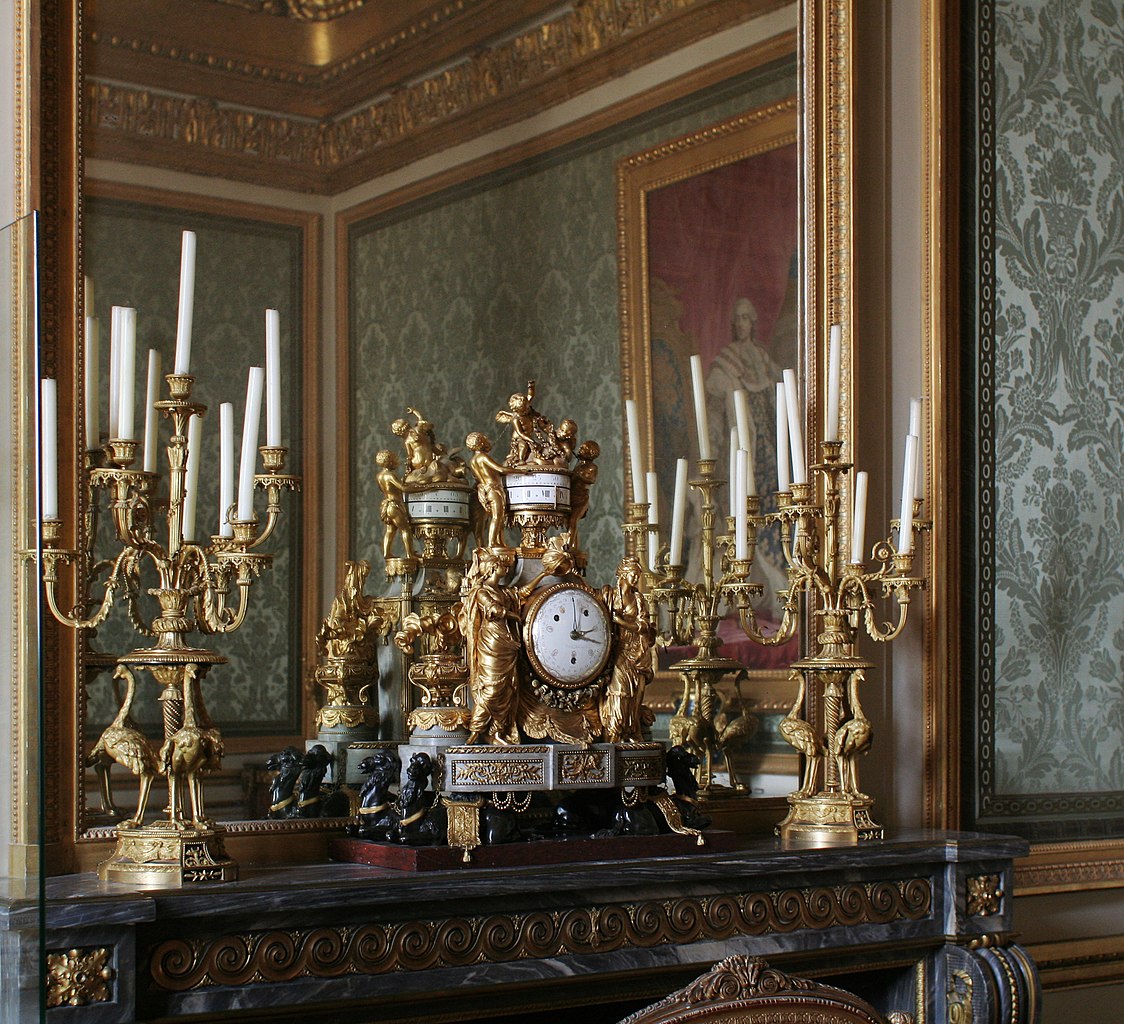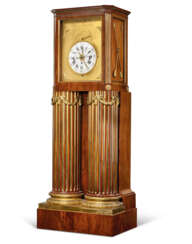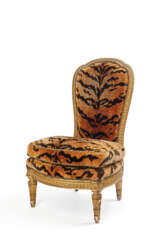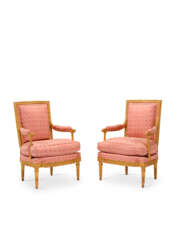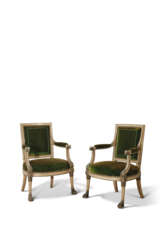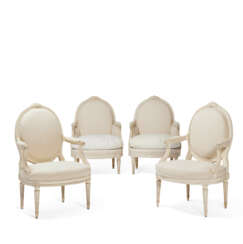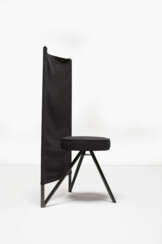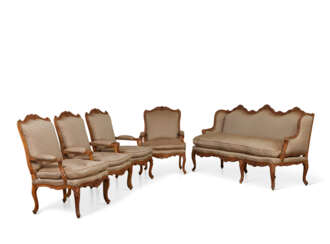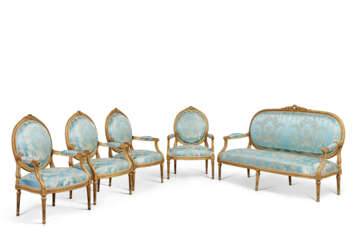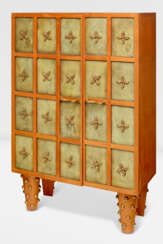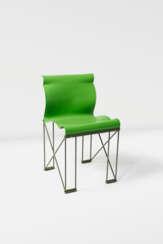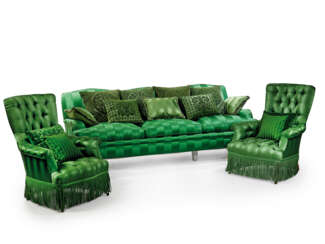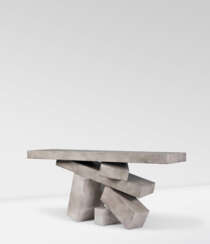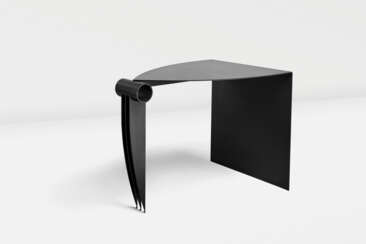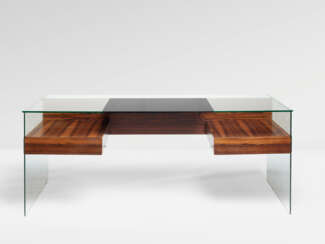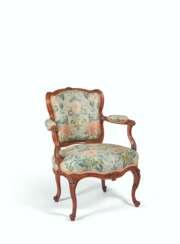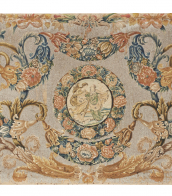mobilier européen
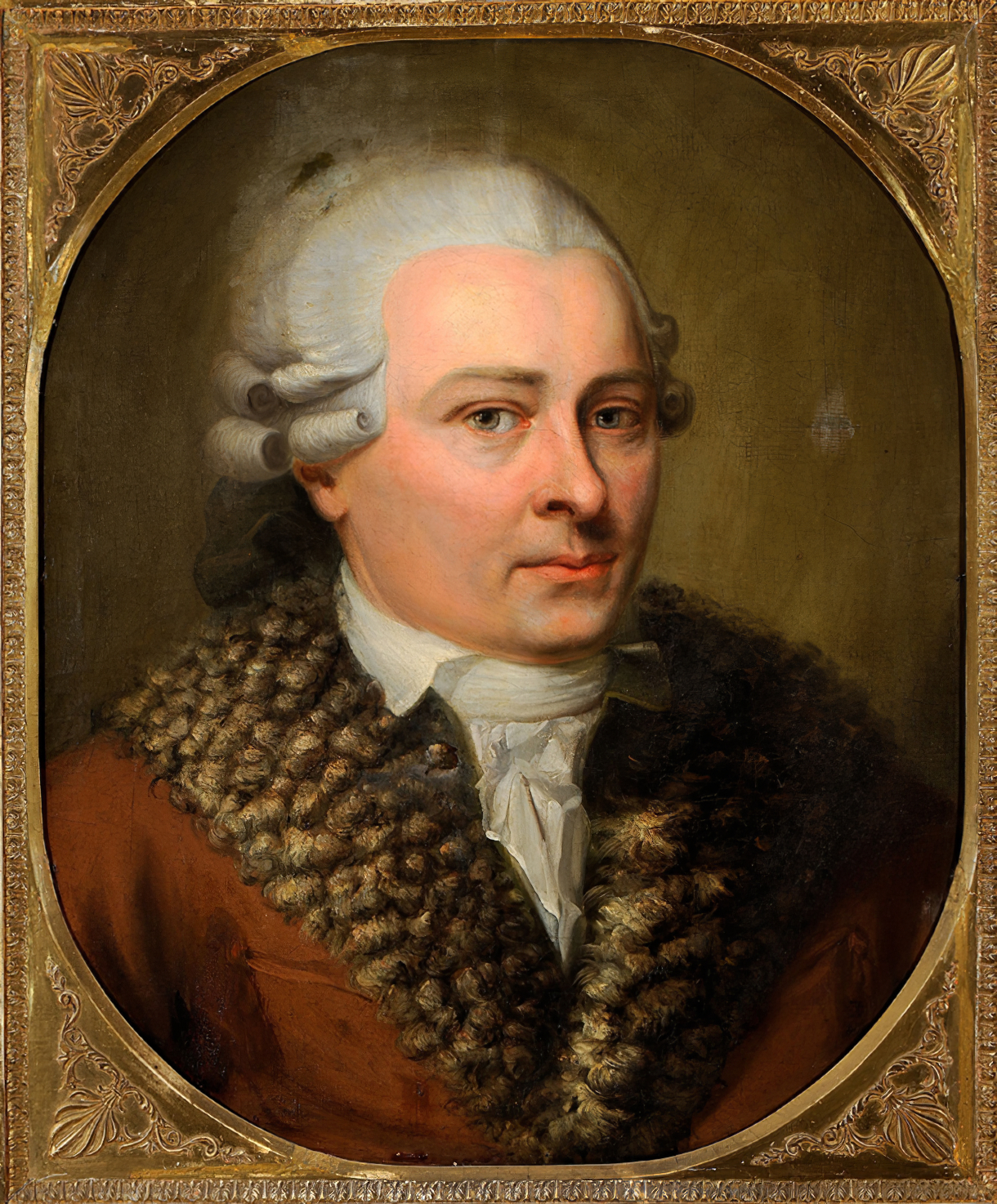
David Roentgen was a famous German cabinetmaker of the eighteenth century, famed throughout Europe for his marquetry and his secret drawers and poes and mechanical fittings. His work embraces the late Rococo and the Neoclassical styles.


David Roentgen was a famous German cabinetmaker of the eighteenth century, famed throughout Europe for his marquetry and his secret drawers and poes and mechanical fittings. His work embraces the late Rococo and the Neoclassical styles.

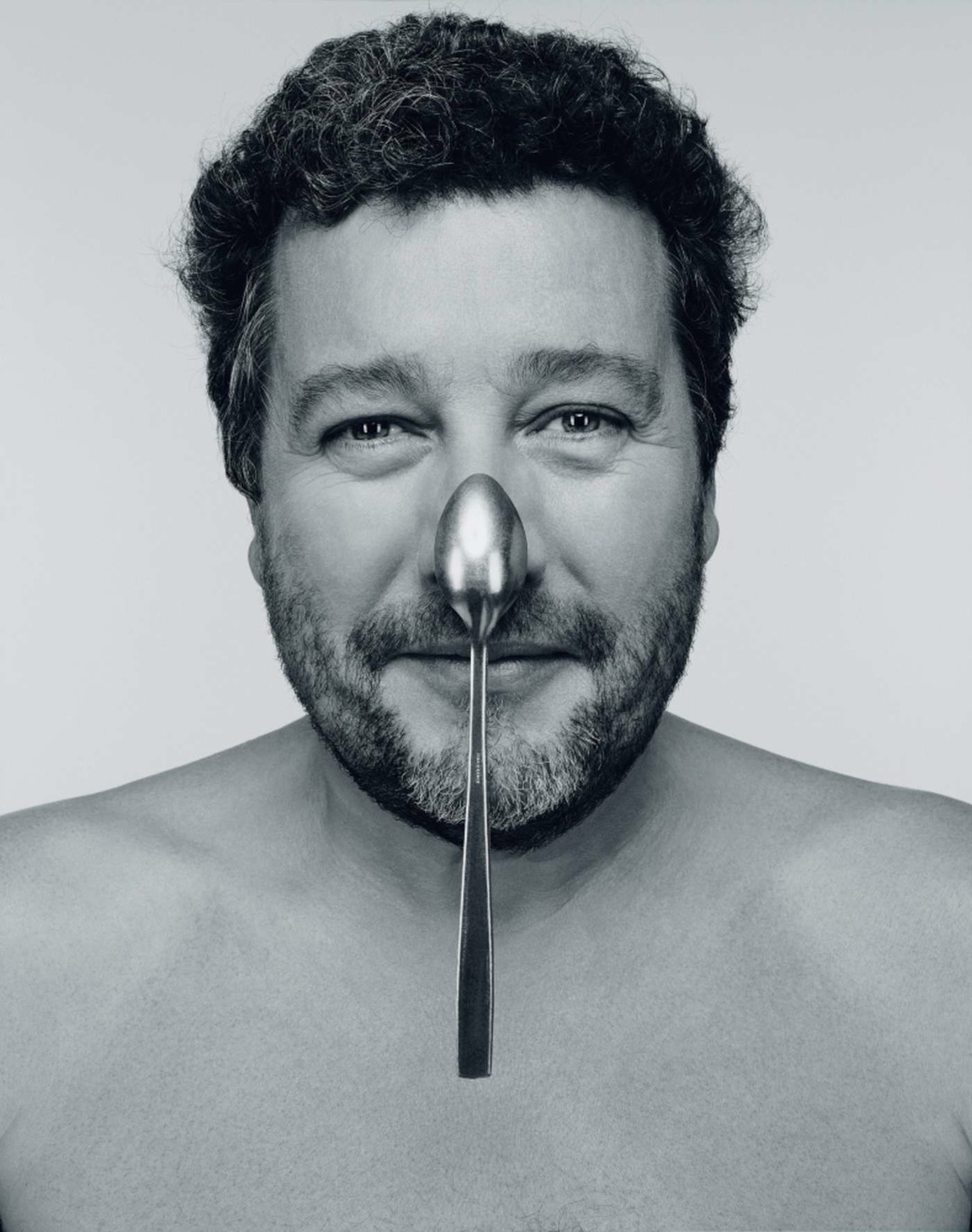
Phillippe Starck is a French designer of interior and mass-produced consumer products.
Starck was educated at the École Nissim de Camondo in Paris, worked for Adidas before founding his first industrial design company, Starck Product, which he later renamed Ubik and went international. He worked with manufacturers in Italy including Driade, Alessi, Kartell, Dimmer in Austria, Vitra in Switzerland and Disform in Spain. He became known for a wide range of his designs, including interior design, architecture, home furnishings, furniture, boats and other vehicles.
Starck has designed residences, hotels, restaurants and other buildings in Tokyo, in Paris, in New York, in Mexico City and other world cities. He has designed the Xiaomi smartphone, the DIAL GPS tracking bracelet, and other technologies. In 2018, Stark collaborated with Axiom Space to design the interior of the International Space Station's habitation module, and a year later, he presented a chair design created with artificial intelligence.
Based on his principles of "democratic design," Starck focused specifically on creating designs for mass-market products rather than unique units. It is impossible to list all the products on which the tireless worker Phillippe Starck has worked and continues to work, the main goal of which is to improve the lives of as many people as possible, as far as possible.
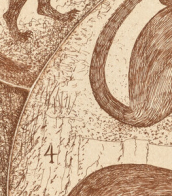



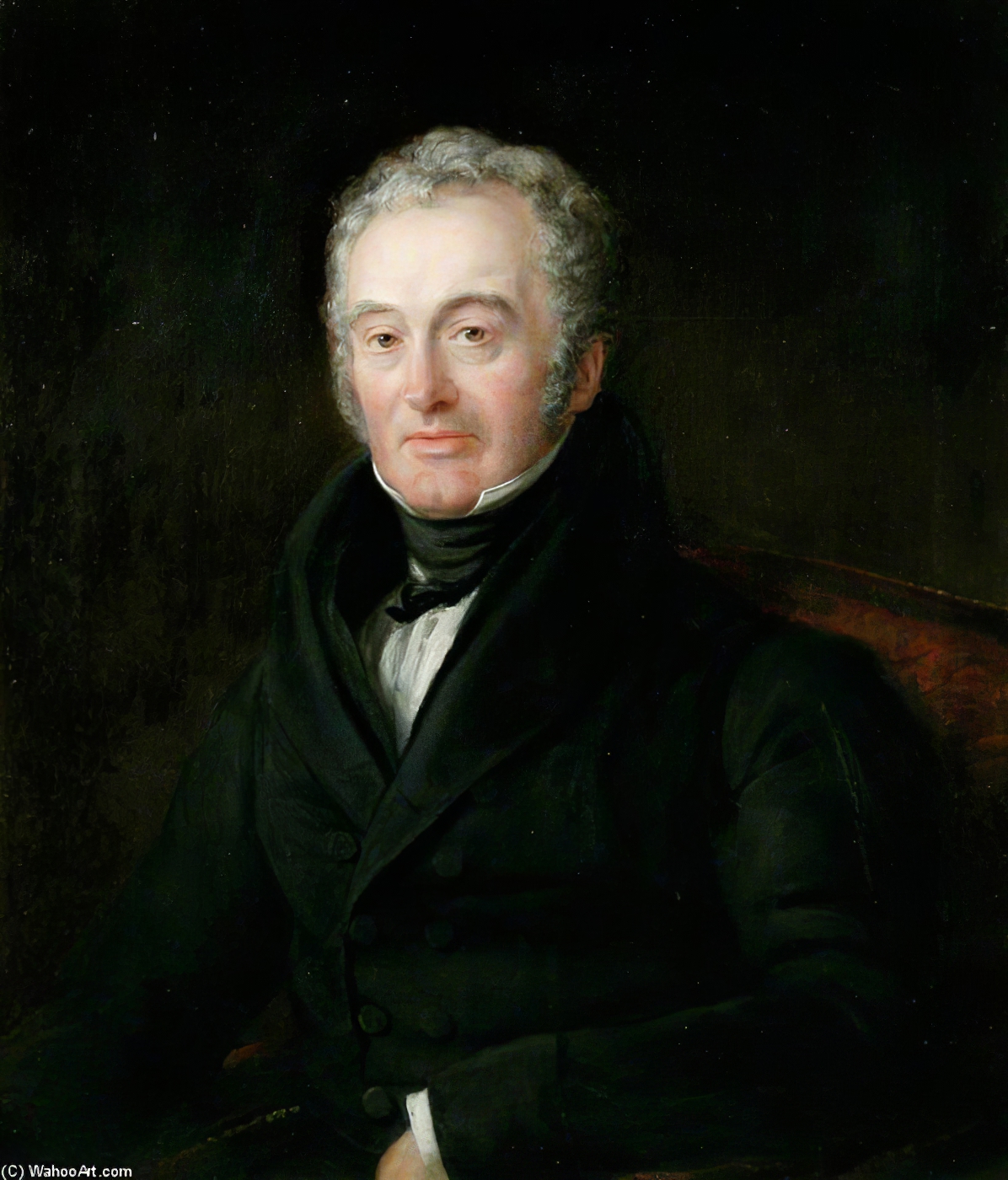




Phillippe Starck is a French designer of interior and mass-produced consumer products.
Starck was educated at the École Nissim de Camondo in Paris, worked for Adidas before founding his first industrial design company, Starck Product, which he later renamed Ubik and went international. He worked with manufacturers in Italy including Driade, Alessi, Kartell, Dimmer in Austria, Vitra in Switzerland and Disform in Spain. He became known for a wide range of his designs, including interior design, architecture, home furnishings, furniture, boats and other vehicles.
Starck has designed residences, hotels, restaurants and other buildings in Tokyo, in Paris, in New York, in Mexico City and other world cities. He has designed the Xiaomi smartphone, the DIAL GPS tracking bracelet, and other technologies. In 2018, Stark collaborated with Axiom Space to design the interior of the International Space Station's habitation module, and a year later, he presented a chair design created with artificial intelligence.
Based on his principles of "democratic design," Starck focused specifically on creating designs for mass-market products rather than unique units. It is impossible to list all the products on which the tireless worker Phillippe Starck has worked and continues to work, the main goal of which is to improve the lives of as many people as possible, as far as possible.

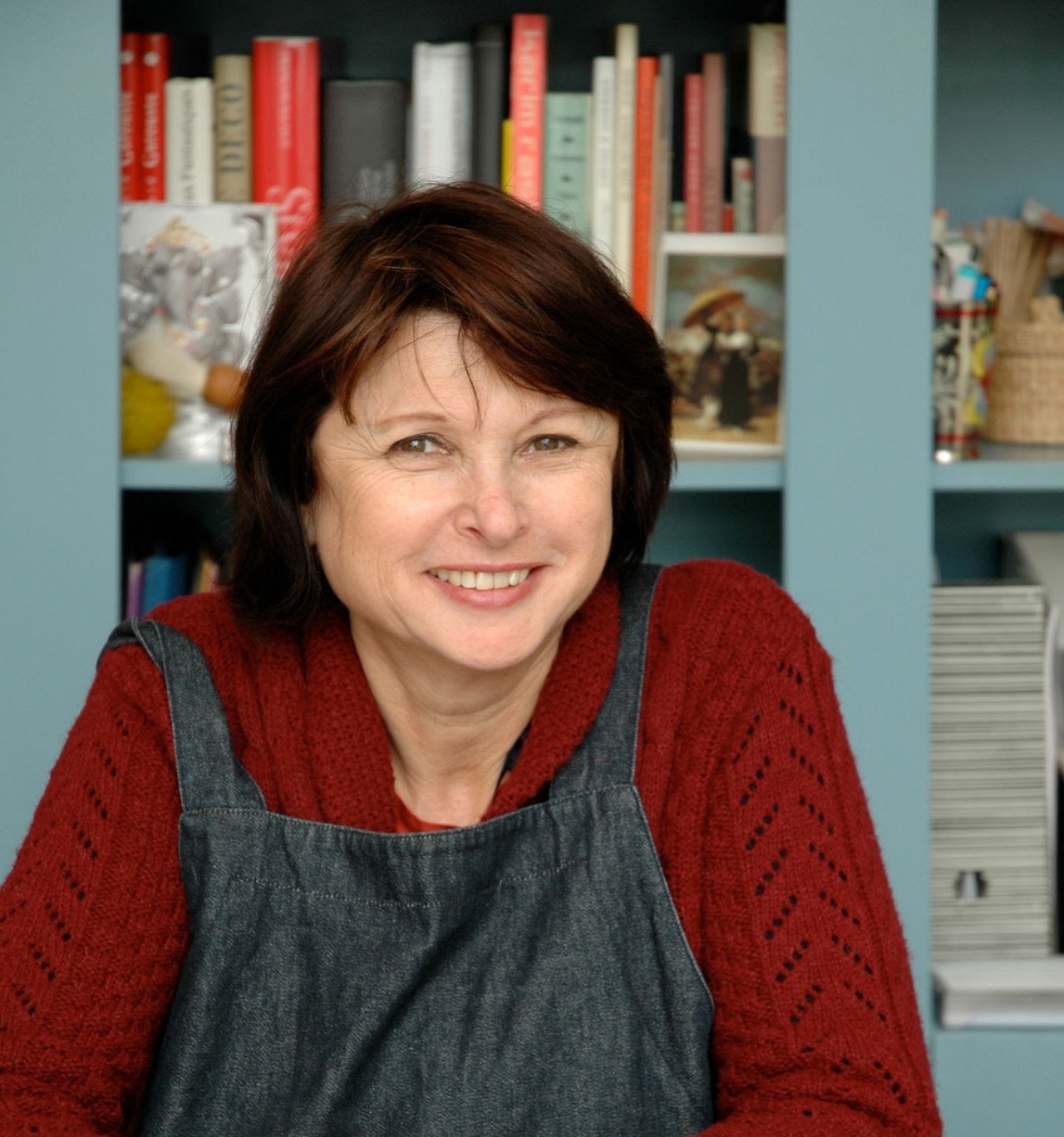
Élisabeth Garouste is a French interior designer.
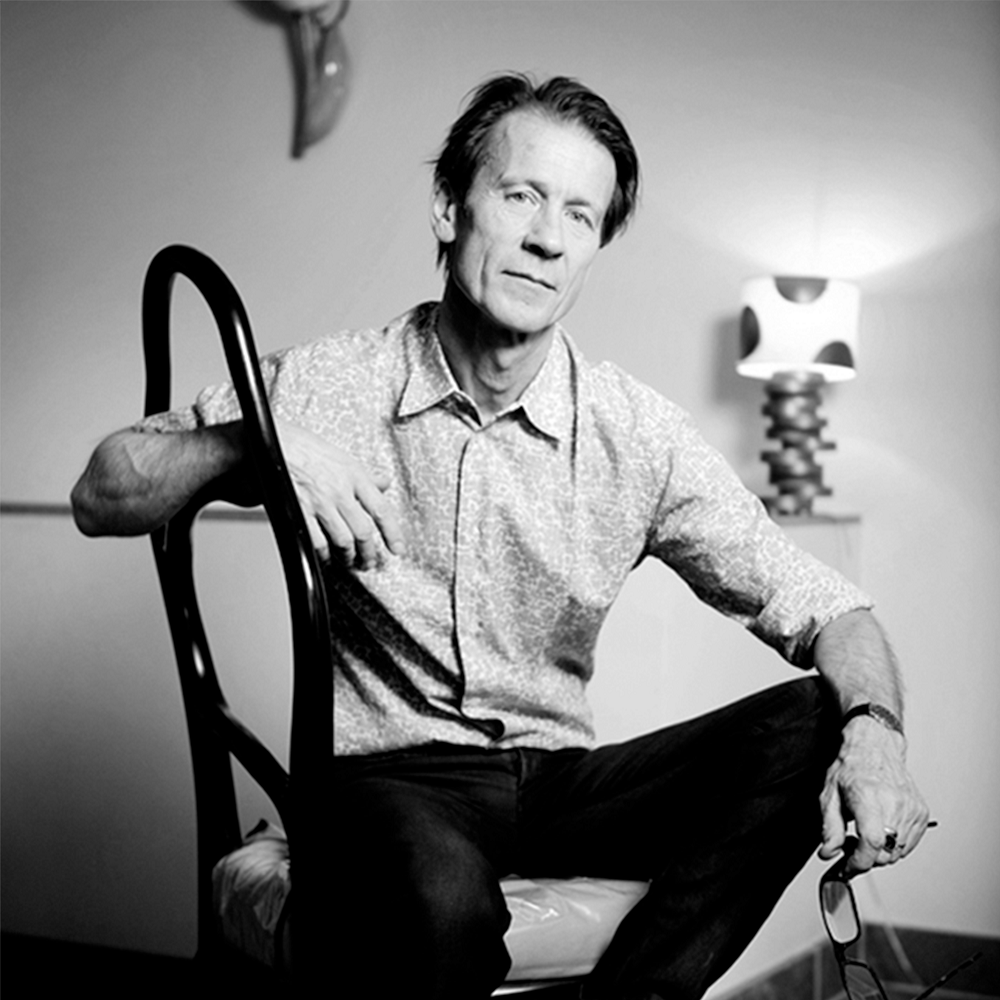
Mattia Bonetti is a Swiss artist and designer who lives and works in Paris. At first he was a stylist and photographer. In 1979 he became involved in furniture design, which he still does to this day.


Phillippe Starck is a French designer of interior and mass-produced consumer products.
Starck was educated at the École Nissim de Camondo in Paris, worked for Adidas before founding his first industrial design company, Starck Product, which he later renamed Ubik and went international. He worked with manufacturers in Italy including Driade, Alessi, Kartell, Dimmer in Austria, Vitra in Switzerland and Disform in Spain. He became known for a wide range of his designs, including interior design, architecture, home furnishings, furniture, boats and other vehicles.
Starck has designed residences, hotels, restaurants and other buildings in Tokyo, in Paris, in New York, in Mexico City and other world cities. He has designed the Xiaomi smartphone, the DIAL GPS tracking bracelet, and other technologies. In 2018, Stark collaborated with Axiom Space to design the interior of the International Space Station's habitation module, and a year later, he presented a chair design created with artificial intelligence.
Based on his principles of "democratic design," Starck focused specifically on creating designs for mass-market products rather than unique units. It is impossible to list all the products on which the tireless worker Phillippe Starck has worked and continues to work, the main goal of which is to improve the lives of as many people as possible, as far as possible.


Phillippe Starck is a French designer of interior and mass-produced consumer products.
Starck was educated at the École Nissim de Camondo in Paris, worked for Adidas before founding his first industrial design company, Starck Product, which he later renamed Ubik and went international. He worked with manufacturers in Italy including Driade, Alessi, Kartell, Dimmer in Austria, Vitra in Switzerland and Disform in Spain. He became known for a wide range of his designs, including interior design, architecture, home furnishings, furniture, boats and other vehicles.
Starck has designed residences, hotels, restaurants and other buildings in Tokyo, in Paris, in New York, in Mexico City and other world cities. He has designed the Xiaomi smartphone, the DIAL GPS tracking bracelet, and other technologies. In 2018, Stark collaborated with Axiom Space to design the interior of the International Space Station's habitation module, and a year later, he presented a chair design created with artificial intelligence.
Based on his principles of "democratic design," Starck focused specifically on creating designs for mass-market products rather than unique units. It is impossible to list all the products on which the tireless worker Phillippe Starck has worked and continues to work, the main goal of which is to improve the lives of as many people as possible, as far as possible.


Phillippe Starck is a French designer of interior and mass-produced consumer products.
Starck was educated at the École Nissim de Camondo in Paris, worked for Adidas before founding his first industrial design company, Starck Product, which he later renamed Ubik and went international. He worked with manufacturers in Italy including Driade, Alessi, Kartell, Dimmer in Austria, Vitra in Switzerland and Disform in Spain. He became known for a wide range of his designs, including interior design, architecture, home furnishings, furniture, boats and other vehicles.
Starck has designed residences, hotels, restaurants and other buildings in Tokyo, in Paris, in New York, in Mexico City and other world cities. He has designed the Xiaomi smartphone, the DIAL GPS tracking bracelet, and other technologies. In 2018, Stark collaborated with Axiom Space to design the interior of the International Space Station's habitation module, and a year later, he presented a chair design created with artificial intelligence.
Based on his principles of "democratic design," Starck focused specifically on creating designs for mass-market products rather than unique units. It is impossible to list all the products on which the tireless worker Phillippe Starck has worked and continues to work, the main goal of which is to improve the lives of as many people as possible, as far as possible.

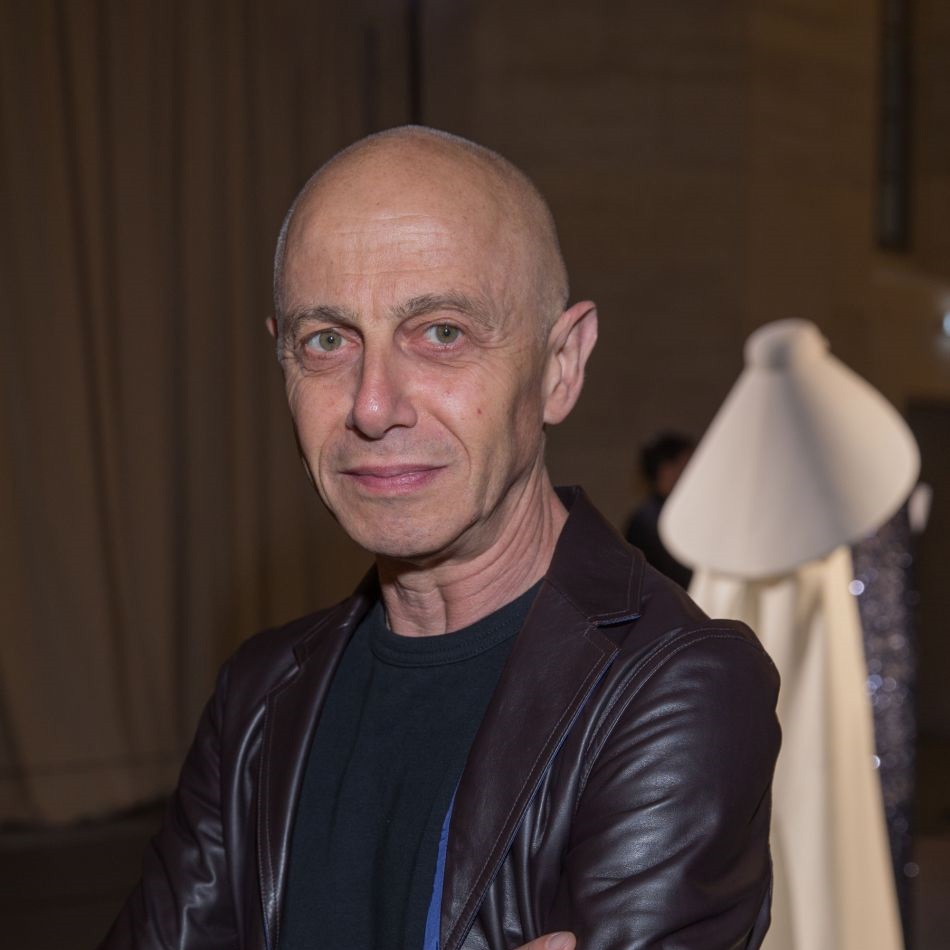
Martin Szekely is a French designer, the son of Hungarian immigrants.
Martin Szekely's work is characterised by a desire for the simplest possible expression of the object while respecting functional priorities.
He was named Designer of the Year at the 1987 Paris Furniture Fair and received the Alfred Dunhill Outstanding Designer of the Year award in 1999.

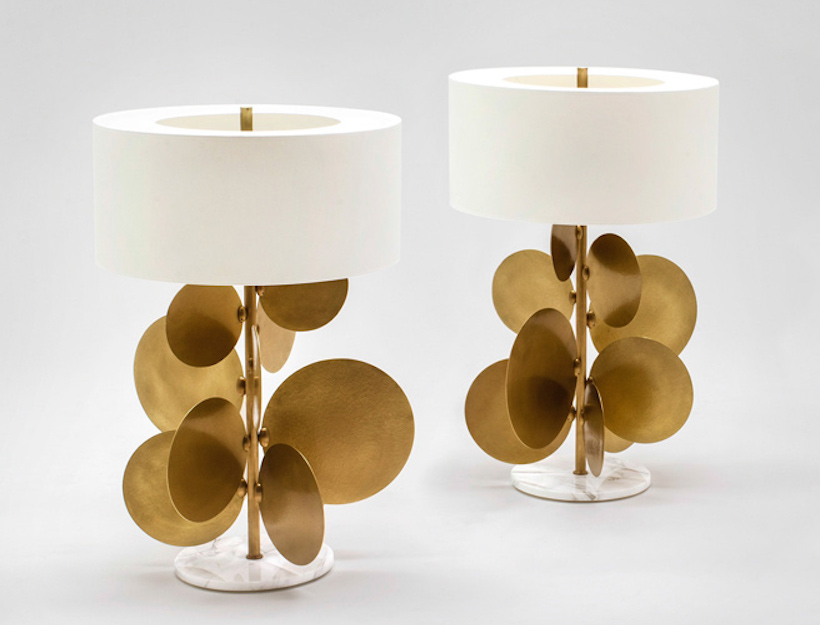




Martin Szekely is a French designer, the son of Hungarian immigrants.
Martin Szekely's work is characterised by a desire for the simplest possible expression of the object while respecting functional priorities.
He was named Designer of the Year at the 1987 Paris Furniture Fair and received the Alfred Dunhill Outstanding Designer of the Year award in 1999.


Martin Szekely is a French designer, the son of Hungarian immigrants.
Martin Szekely's work is characterised by a desire for the simplest possible expression of the object while respecting functional priorities.
He was named Designer of the Year at the 1987 Paris Furniture Fair and received the Alfred Dunhill Outstanding Designer of the Year award in 1999.


Martin Szekely is a French designer, the son of Hungarian immigrants.
Martin Szekely's work is characterised by a desire for the simplest possible expression of the object while respecting functional priorities.
He was named Designer of the Year at the 1987 Paris Furniture Fair and received the Alfred Dunhill Outstanding Designer of the Year award in 1999.





